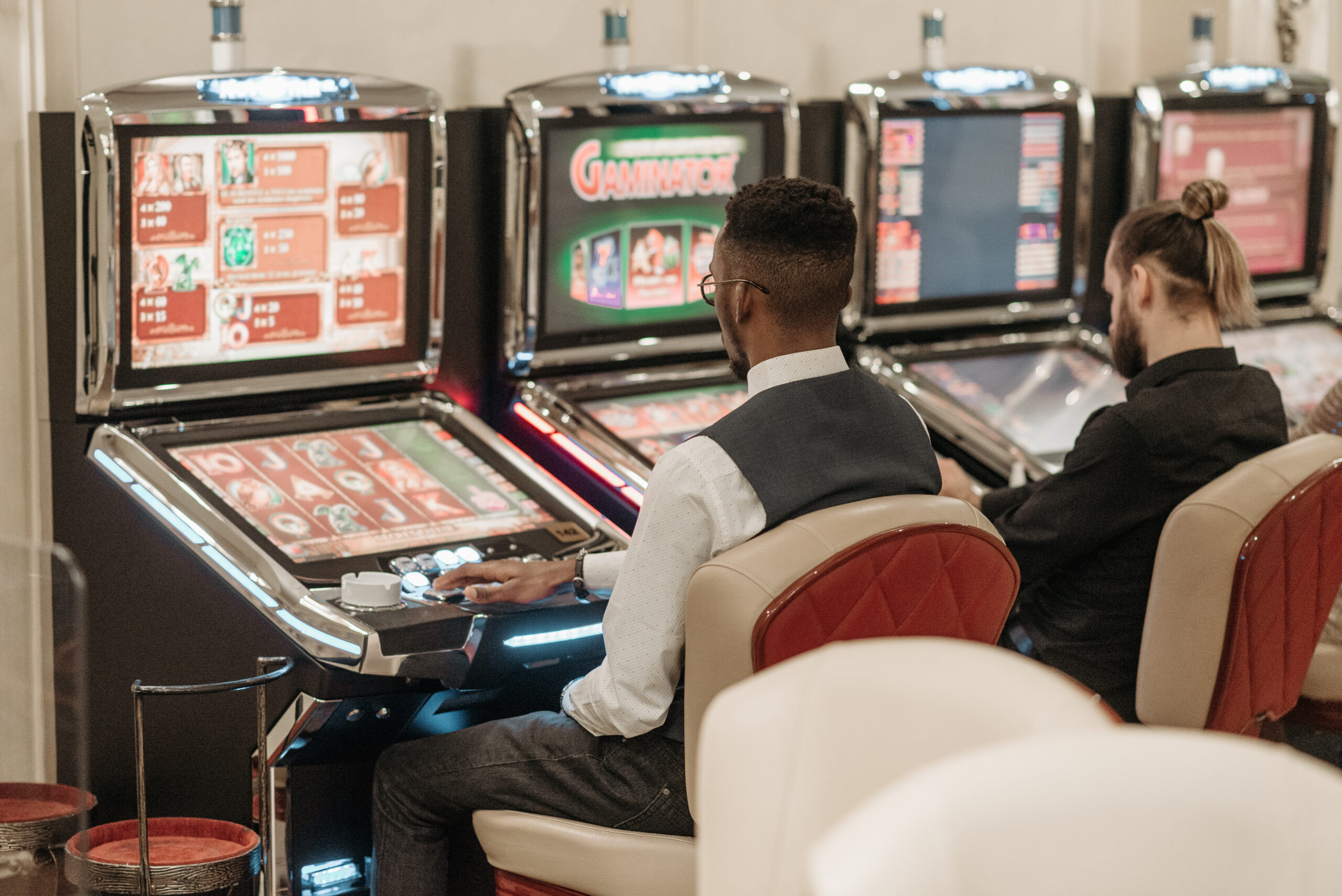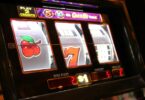Slot machines have become ubiquitous in casinos, bars, and online platforms, captivating millions of players worldwide. The allure of these gambling devices lies in the appeal of potential monetary rewards and the cleverly designed psychological elements that keep players engaged.
The combination of sound, lights, and visuals in slot machines creates an immersive experience that targets specific cognitive and emotional processes, leading to increased player retention and prolonged gameplay. This article will explore the fascinating world of slot machine psychology and understand how these machines manipulate human behavior.

The Power of Sensory Stimuli
Slot machines are designed to appeal to our senses, engaging players on a sensory level. The three primary sensory stimuli that slot machines employ are sound, lights, and visuals. Each of these elements plays a crucial role in influencing players’ behavior and keeping them hooked to the game.
a. Sound Effects
Sound effects are perhaps the most potent tool in the slot machine’s arsenal. The iconic clinking of coins, the thrilling jingles of winning combinations, and the celebratory music create an atmosphere of excitement and anticipation. These sounds trigger the release of dopamine, a neurotransmitter associated with pleasure and reward, in the brain, making players associate the game with positive emotions.
Additionally, near-miss sounds are also deliberately incorporated into slot machines. These sounds mimic the sensation of coming close to a win, even if the player loses, generating a false sense of hope. The brain interprets near-misses as almost wins, reinforcing the desire to keep playing in hopes of hitting the jackpot.
Also Read: Online Casino Guide: Exploring the Thriving Online Gambling Industry in Estonia
b. Visual Effects
The visual aspect of slot machines is equally crucial. Vibrant colors, flashing lights, and dynamic animations attract attention and maintain focus. Slot machines often feature themes based on popular movies, TV shows, or cultural symbols to create a familiar and relatable environment for players. For instance, if you go through a Slot.lv review, you will realize the casino offers numerous themes. This connection enhances the emotional response, making players more inclined to invest time and money.
Moreover, using flashing symbols and rapidly changing visual stimuli stimulates the brain’s reward center, intensifying the sense of excitement and arousal. These visual cues encourage players to continue playing, as they associate the flashing lights with potential rewards.
The Illusion of Control
One of the most ingenious psychological tricks employed by slot machines is the illusion of control. Players often feel as if they have some degree of influence over the game’s outcome, although the results are entirely random and determined by a computer program known as a random number generator (RNG).
a. Spin Button and Autoplay Feature
The spin button on a slot machine serves as a tactile reinforcement of control. By physically pressing the button, players feel like active participants in the game, despite the outcome being pre-determined. Additionally, the autoplay feature, where the machine automatically spins the reels, further reinforces the illusion of control, as players can set the number of spins and watch the game unfold.
b. Near-Miss Outcomes
As mentioned earlier, near-miss outcomes contribute significantly to the illusion of control. Players tend to believe that if the symbols had appeared slightly differently, they could have won. This perceived control over the game’s outcome keeps players engaged and fosters a sense of agency, even in the face of random chance.
Reinforcement Schedules
Slot machines utilize reinforcement schedules to maintain player engagement. These schedules determine when and how often rewards are given to players, and they play a pivotal role in shaping human behavior.
a. Variable Ratio Schedule
The most effective reinforcement schedule used in slot machines is the variable ratio schedule. In this schedule, the number of spins required to receive a reward varies randomly. This unpredictability keeps players hooked, as they never know when the next reward will come. Just like in gambling, where the next big win could be just one spin away, the variable ratio schedule fuels hope and excitement, making players keep coming back for more.
b. Near-Miss Outcomes Revisited
Near-miss outcomes contribute to the reinforcement schedule, as well. When players experience near-misses, they are more likely to continue playing because they perceive the next win to be within reach. This intermittent reinforcement encourages persistent gambling behavior, as players are motivated by the belief that their efforts will eventually pay off.
Also Read: Bonus Games in Slots: All You Need to Know
Conclusion
Slot machines have mastered the art of manipulating human psychology through the strategic use of sound, lights, visuals, and reinforcement schedules. The immersive experience created by these sensory stimuli, coupled with the illusion of control and variable reinforcement schedules, fosters addictive behavior in players. It is essential for players to be aware of these psychological tactics to make informed decisions while engaging with slot machines and other forms of gambling. By understanding the underlying psychological mechanisms, players can better protect themselves from falling into the trap of compulsive gambling.






Leave a Comment